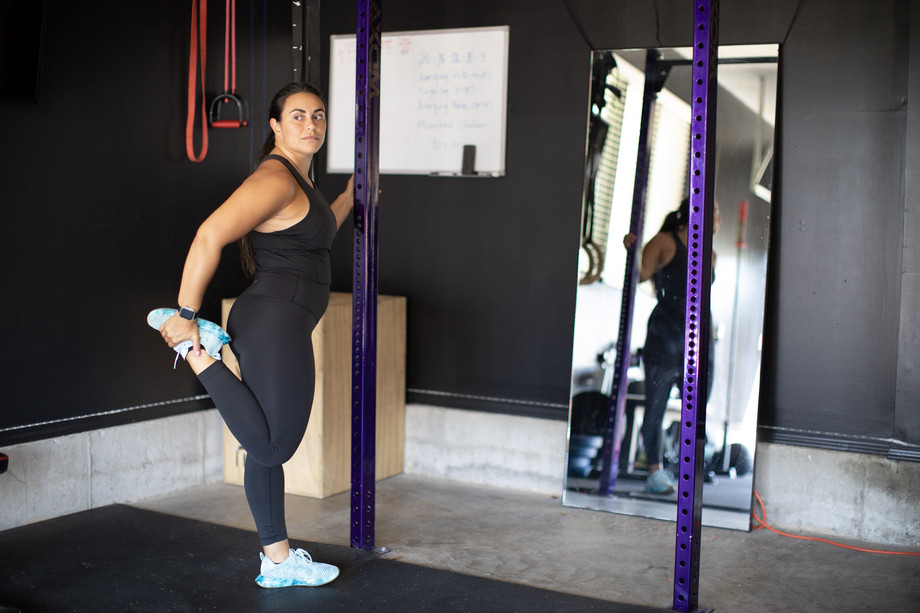We test and review fitness products based on an independent, multi-point methodology. If you use our links to purchase something, we may earn a commission. Read our disclosures.
As a certified personal trainer (CPT) and longtime rugby player/weightlifter, I’ll be the first to tell you that one of the biggest problem areas many athletes face is tight quads. Unfortunately, this issue can contribute to lower back and knee pain, decreased performance, and persistent frustration.
Luckily, you don’t have to give up hope about hitting a PR or cranking out pain-free repetitions of your favorite leg exercise. With consistent practice and a little patience, you can set yourself up for long-term success by utilizing my hand-picked list of the best quad stretches.
RELATED: At-Work Stretches
While static stretching isn’t some magic pill that’ll make your muscle soreness or tightness disappear, there’s a reason CPTs, physical therapists, and sports performance coaches prescribe their clients and athletes warm-up and cool-down exercises that involve lengthening and releasing tension from your muscles. Whether you want to get the most out of your lifts, perform better in your respective sport, or simply feel fresh and rejuvenated, you should make these stretches an integral part of your wellness routine.
The 10 Best Quad Stretches
Between playing rugby for over a decade and training clients of all shapes and sizes for years, I’ve become intimately familiar with the best stretching exercises for your quads. Based on my experience, you can loosen the front of your thigh (as well as the sides) with a combination of these 10 stretches.
- Standing quad stretch
- Kneeling hip flexor stretch
- Prone quad stretch
- Lunge stretch
- Seated quad stretch
- Pigeon pose with quad stretch
- Couch stretch
- Butterfly stretch
- Side-lying quad stretch
- Frog pose
Standing Quad Stretch
Why do it: This is a simple, straightforward stretch that can help reduce tightness and alleviate knee pain.
How to do it:
- Stand upright, holding onto a wall or chair for balance.
- Bend your right knee and bring your right foot toward your right glute.
- Grab your right ankle with your right hand, gently pull your foot closer to your glute, and keep your hips forward.
- Hold for 20-30 seconds, then switch sides.
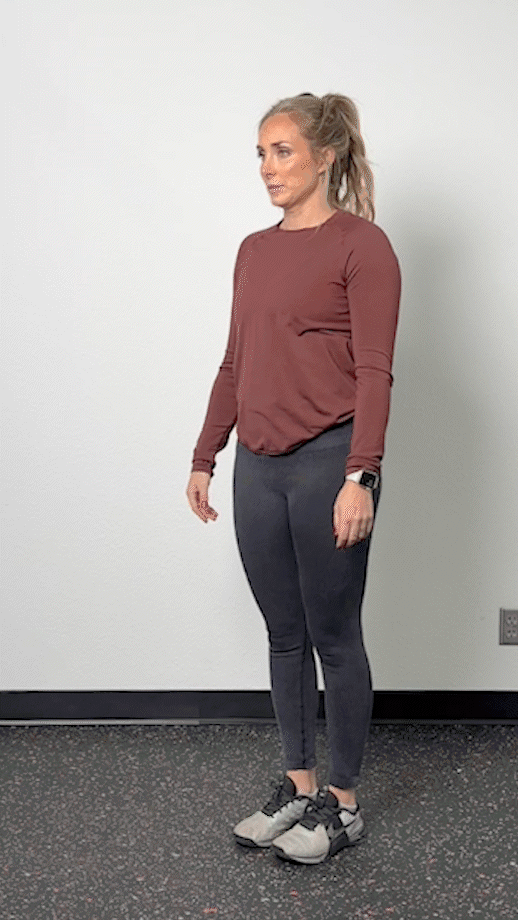
Kneeling Hip Flexor Stretch
Why do it: This stretch targets your hip flexors and quads, offering much-needed relief for your lower back.
How to do it:
- Kneel on one knee with your other foot in front so your legs form 90-degree angles.
- Push your hips forward, extending your arms overhead and keeping your back straight.
- Hold for 20-30 seconds, then switch sides.
RELATED: 12 Hip Flexor Exercises
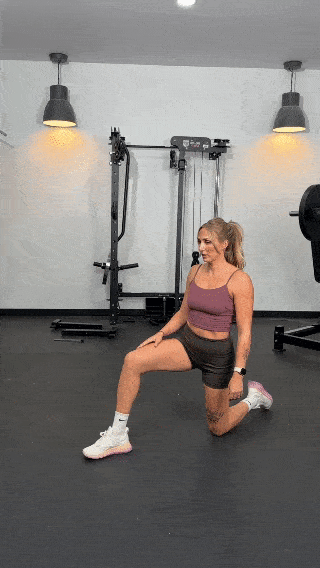
Prone Quad Stretch
Why do it: Lying down allows you to achieve a deeper quad stretch without putting stress on your lower back.
How to do it:
- Lie face down on a yoga mat or comfortable surface with your legs extended behind you.
- Loop a resistance band around your right foot and hold the ends of the band with your right hand.
- Slowly bend your right knee, gently pulling on the band to bring your foot toward your glute. Keep your hips pressed into the floor to avoid arching your lower back.
- Hold the stretch for 20-30 seconds, then slowly release the tension on the band and straighten your leg to return to the starting position.
- Repeat the sequence on your left leg.
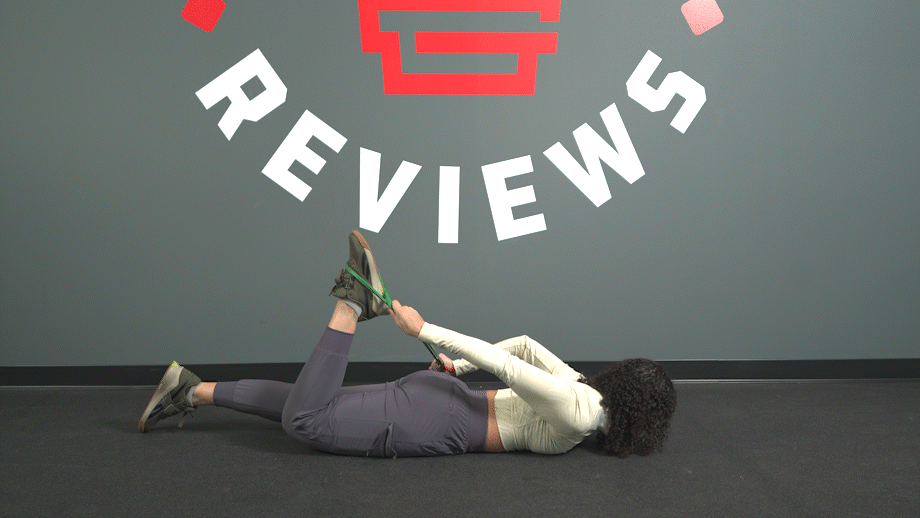
Lunge Stretch
Why do it: This stretch targets both your quadriceps and hip flexors, which can help enhance your overall lower-body mobility and balance.
How to do it:
- Stand with your feet shoulder-width apart.
- Step forward with your right foot to get into the starting position for a lunge.
- Lower your left knee to the ground, pushing your hips forward to achieve a deep stretch.
- Hold for 20-30 seconds, then switch sides.
RELATED: 10 Best Lunge Alternatives
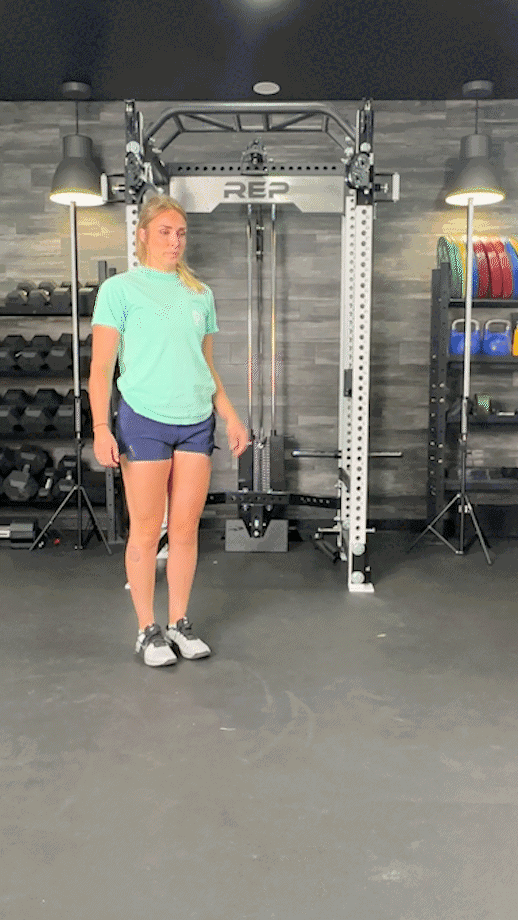
Seated Quad Stretch
Why do it: This seated stretch helps lengthen your quadriceps and increase your mobility.
How to do it:
- Sit on the floor with your legs extended.
- Bend your left knee and bring your left foot toward your glutes.
- Lean back slightly to stretch the front of your left thigh.
- Hold for 20-30 seconds, then switch sides.
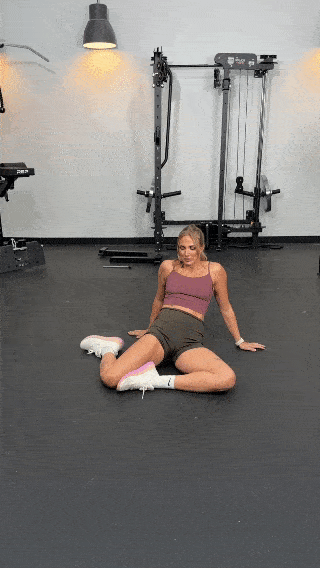
Pigeon Pose with Quad Stretch
Why do it: You get the best of both worlds by combining a popular yoga pose with a quad stretch for the ultimate hip/quad opener.
How to do it:
- Start on your hands and knees, bending your right leg underneath you and extending your left leg behind you.
- Keep your hips level and facing forward.
- Lift your torso upright.
- Bend your left knee and reach back with your left hand to grab your left foot.
- Pull your foot toward your glute to stretch your quad.
- Hold for 20-30 seconds, then release your foot and repeat the sequence on the other side.
RELATED: Yoga Facts and Statistics
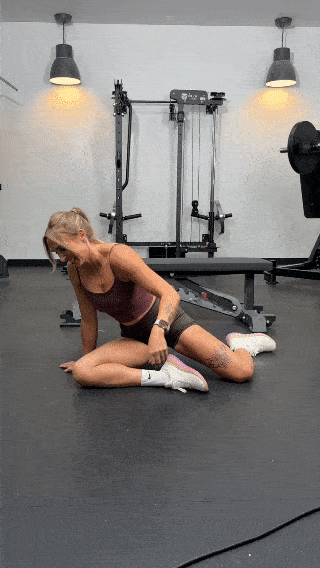
Couch Stretch
Why do it: This is one of my favorite stretching exercises for opening up your quads and hip flexors, as it can help undo some of the damage from prolonged sitting.
How to do it:
- Place your right knee on the floor and your left foot in front.
- Rest your back (right) foot on a couch, chair, or bench behind you.
- Push your hips forward to stretch the quad and hip flexor of your back leg.
- Hold for 20-30 seconds, then switch sides.
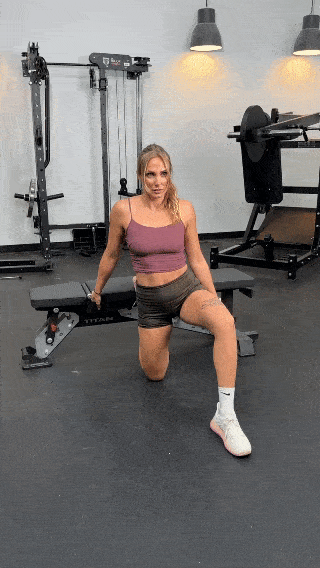
Butterfly Stretch
Why do it: It doesn’t take much effort to get into a seated position and push down on your thighs to open up your hip adductors and inner quads. There’s a reason they made you do this stretch in PE class!
How to do it:
- Sit with your knees bent and the bottoms of your feet touching in front of you.
- Lightly press down on your knees with your elbows to stretch your inner thighs.
- Hold for 20-30 seconds.
RELATED: 8 Adductor Exercises
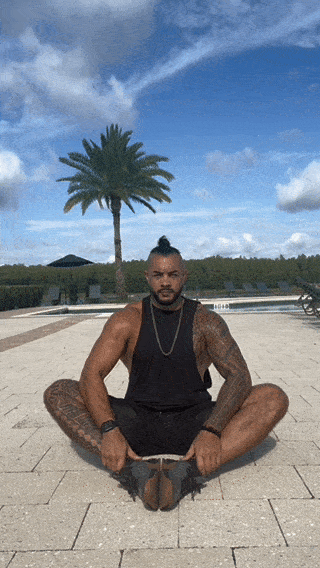
Side-Lying Quad Stretch
Why do it: Similar to the prone quad stretch, the side-lying version may be more comfortable for those with limited mobility.
How to do it:
- Lie on your side with your legs extended.
- Bend your top knee and bring your foot toward your glute.
- Grab your ankle and gently pull until you feel a stretch in your quad. You can also use a resistance band if you don’t have sufficient flexibility.
- Hold for 20-30 seconds, then switch sides.
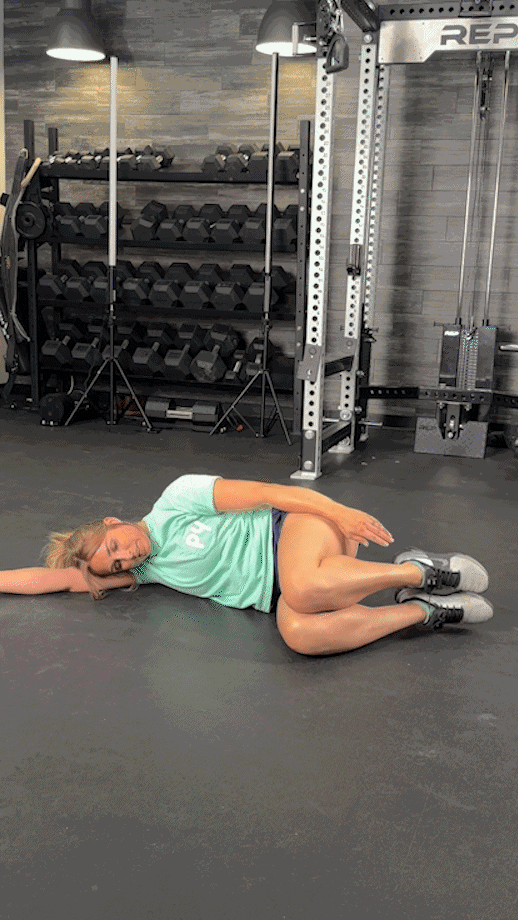
Frog Pose
Why do it: Although it’s more difficult than some of the other stretches on this list, the frog pose is highly effective at opening up your inner quads and hip adductors.
How to do it:
- Start in an all-fours position with your forearms on the ground.
- Spread your knees apart, anchoring the inside of your knees to the floor.
- Lower your hips toward your heels, leaning forward with your upper body to stretch your inner quads.
- Hold for 20-30 seconds.
RELATED: 6 Post-Run Stretches
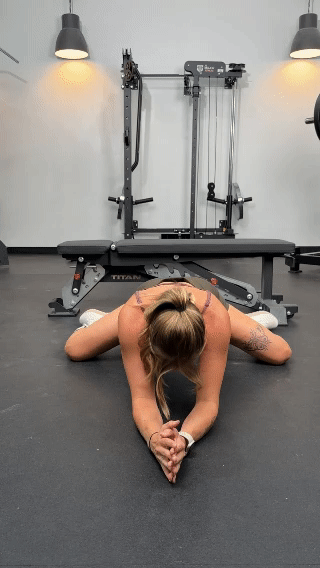
Benefits of Stretching Your Quads
From increasing your flexibility to potentially making knee and back pain go away, it pays to put quad stretches into your training and recovery plan.
Can Help Increase Flexibility and Range of Motion
If you’re an athlete, you should prioritize quad and hamstring stretches to keep your legs limber for whatever challenges you throw their way. You’ll achieve better results in the gym or on the field by lengthening your muscles and increasing your range of motion. In fact, a 2020 study1 showed that using a full range of motion when resistance training produces better hypertrophy results.
RELATED: Hamstring Exercises At Home
May Help Alleviate Knee Pain
As someone who dealt with patellofemoral syndrome in high school, I’ll be the first to tell you that tight quads can spell trouble for your knees. I had to go to physical therapy to address the persistent pain I felt right above my kneecap.
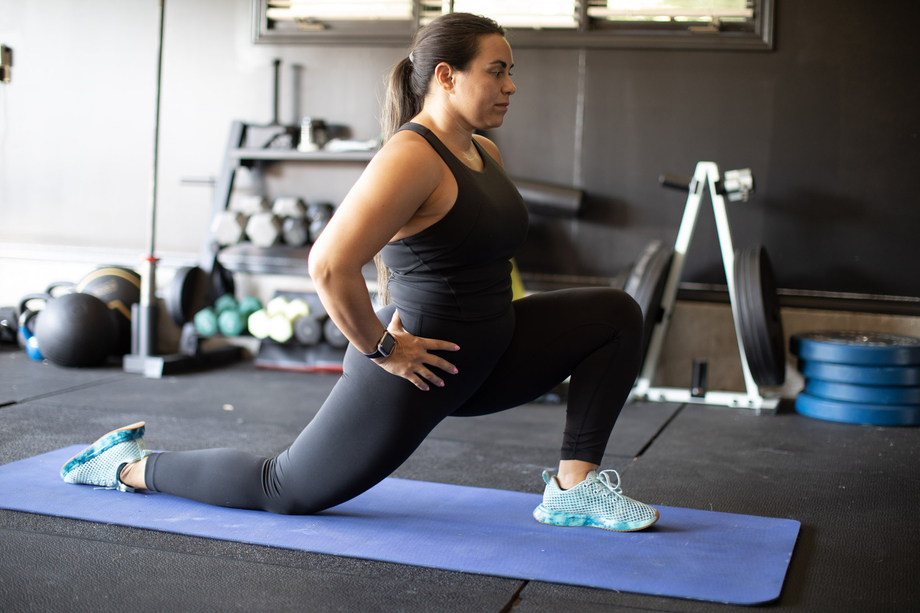
A tight VMO can cause your kneecap to track incorrectly, leading to irritation, inflammation, and frustration. In addition to quadriceps stretches you should also strengthen your vastus lateralis (inner quad) to correct any imbalances.
RELATED: Why Do I Have Knee Pain From Treadmills?
Can Help Improve Your Posture
Tight quads can also cause lower back pain due to an anterior pelvic tilt (APT). This muscular imbalance occurs when your pelvis rotates forward, often due to overactive quads. Releasing tension in your pelvic and thigh areas can help correct this potentially painful problem, allowing you to stand tall and maintain proper posture.
Top Quad Exercises to Complement Your Stretching Routine
Stretching is just one half of the equation for maintaining healthy, happy quads; strengthening is the other. Incorporate these classic quad exercises into your resistance training routine to sculpt killer quads that pop in a pair of workout shorts.
- Back squat: The king of leg exercises effectively targets your quads, glutes, and hamstrings, with squat variations like box squats, pause squats, or jump squats offering dynamic upside for athletes.
- Front squat: A killer quad builder, the front squat places more emphasis on your core and upper body, requiring adequate shoulder and wrist mobility to keep the barbell in the front-rack position.
- Hack squat: One of my favorite leg machines because it offers incredible versatility, as you can change your stance or tempo to target different muscle groups effectively.
- Sissy squat: Don’t let the name fool you—this quad exercise might cause you to shed a tear or two if you use a full range of motion.
- Bulgarian split squat: A unilateral exercise that tests your balance and stability, the Bulgarian split squat is a #LegDay staple for both my clients and me.
- Heel-elevated goblet squat: Stand on the edge of a weight plate, hold a kettlebell or dumbbell at chest level, and feel the burn as you descend into a deep squat.
- Lunge: With plenty of useful variations, you can lunge in different directions with different types of weights to give your entire body a challenge.
- Leg press: Don’t worry about packing on as many plates as you can. Instead, use the leg press to develop explosive strength by slowing down the eccentric (lowering) phase and making the concentric (lifting) phase as powerful as possible.
- Step-up: A dynamic leg exercise that gets your heart pumping, step-ups help build a strong, coordinated lower half.
- Quad extension: The leg extension machine effectively isolates your quads, allowing you to develop strength and endurance from a seated position.
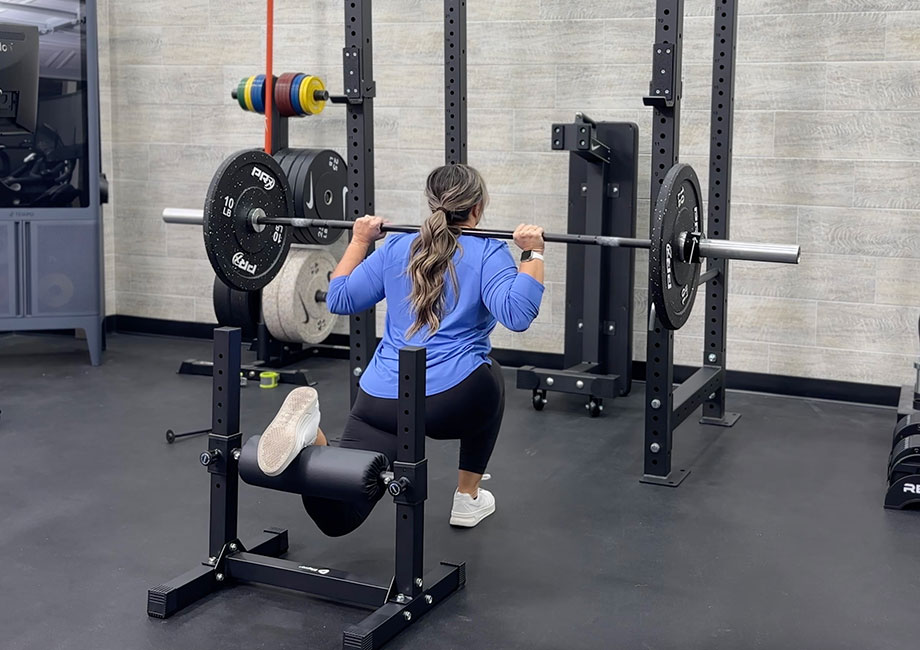
RELATED: Front Squat Vs Back Squat
Anatomy 101: What Are the Quadriceps Muscles?
Your quadriceps consists of four muscles: the rectus femoris, vastus lateralis, vastus medialis, and vastus intermedius. This powerful quartet is primarily responsible for knee extension—a critical biomechanical pattern involved in cardiovascular exercises like walking and running and strength-based movements like back squats and lunges.
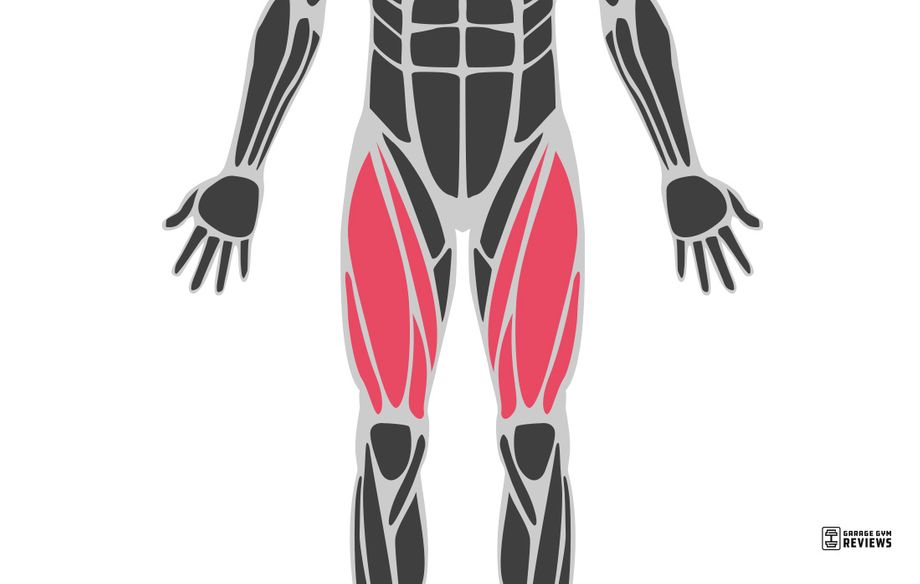
Understanding the anatomical breakdown of your quads can help make your stretching routine more effective, as you can target specific muscles to address any tightness or pain.
| Muscle | Location | Function | Common Issues |
| Rectus femoris | Center of the thigh | Hip flexion and knee extension | Rectus femoris tightness can cause discomfort in the front of the thigh and contribute to knee pain, especially if the knee remains bent for long periods of time. |
| Vastus lateralis | Outer thigh | Knee extension | A tight vastus lateralis can cause lateral knee pain and contribute to IT band syndrome. |
| Vastus medialis | Inner thigh, near the knee | Knee extension and kneecap stabilization | A tight or weak vastus medialis can contribute to patellar tracking problems where your kneecap doesn’t glide smoothly in its groove. |
| Vastus intermedius | Between the vastus lateralis and vastus medialis, under the rectus femoris | Knee extension | Tightness can contribute to general thigh discomfort. |
RELATED: Knee Pain From Elliptical Training
Best Quad Stretches: Final Thoughts
Your quads are one of the biggest and most important muscle groups. If you put them through rigorous resistance training, why not show them well-deserved love in the form of stretching? While it may not be the most exciting part of your fitness routine, it’s essential for sustaining a high level of performance.
Even if you’ve gotten by without prioritizing this critical health and wellness practice, it’s time to expand your mind and stretch those quads so they’re battle-ready.
Best Quad Stretches: FAQs
How do you loosen a tight quad?
You can loosen a tight quad with consistent stretching, foam rolling, or using a lacrosse ball to dig into trigger points. Incorporating all three into your active recovery routine can help you stay strong and limber.
Why do you need to stretch your quads?
You should stretch your quads to prevent muscle tightness, support optimal knee joint health, and set yourself up for success at lower-body lifts like squats, deadlifts, and lunges. Stretching is particularly important if you have a sedentary job, as sitting for extended periods can lead to tightness and other issues.
RELATED: 6 Best Stretches Before Running
Should you stretch a quad strain?
As a certified personal trainer, I recommend resting and avoiding aggressive stretching during the first few days of a quad strain. Then, gradually incorporate gentle stretching and strengthening exercises while your muscles heal to get back on your feet (as long as it’s pain-free, of course).
Can stretching your quads help with knee pain?
Stretching your quads can help alleviate knee pain by reducing tightness that may pull your kneecap out of alignment.
References
- Schoenfeld, B. J., & Grgic, J. (2020). Effects of range of motion on muscle development during resistance training interventions: A systematic review. SAGE Open Medicine, 8, 205031212090155. https://doi.org/10.1177/2050312120901559
Further reading

Can you have an entire home gym in just one piece of equipment? Our Force USA G20 review looks to answer that question. Read more

Our nutrition experts put these greens to the test in our Opti Greens 50 Review to help you decide whether this superfood powder is right for you! Read more

Our list of the best protein powder from certified nutrition experts will help you make an informed purchase in a saturated market. Read more

Wanna bench like elite lifting coach JM Blakley? Working his trademark JM press into your triceps workout is a great place to start! Check it out right here! Read more

